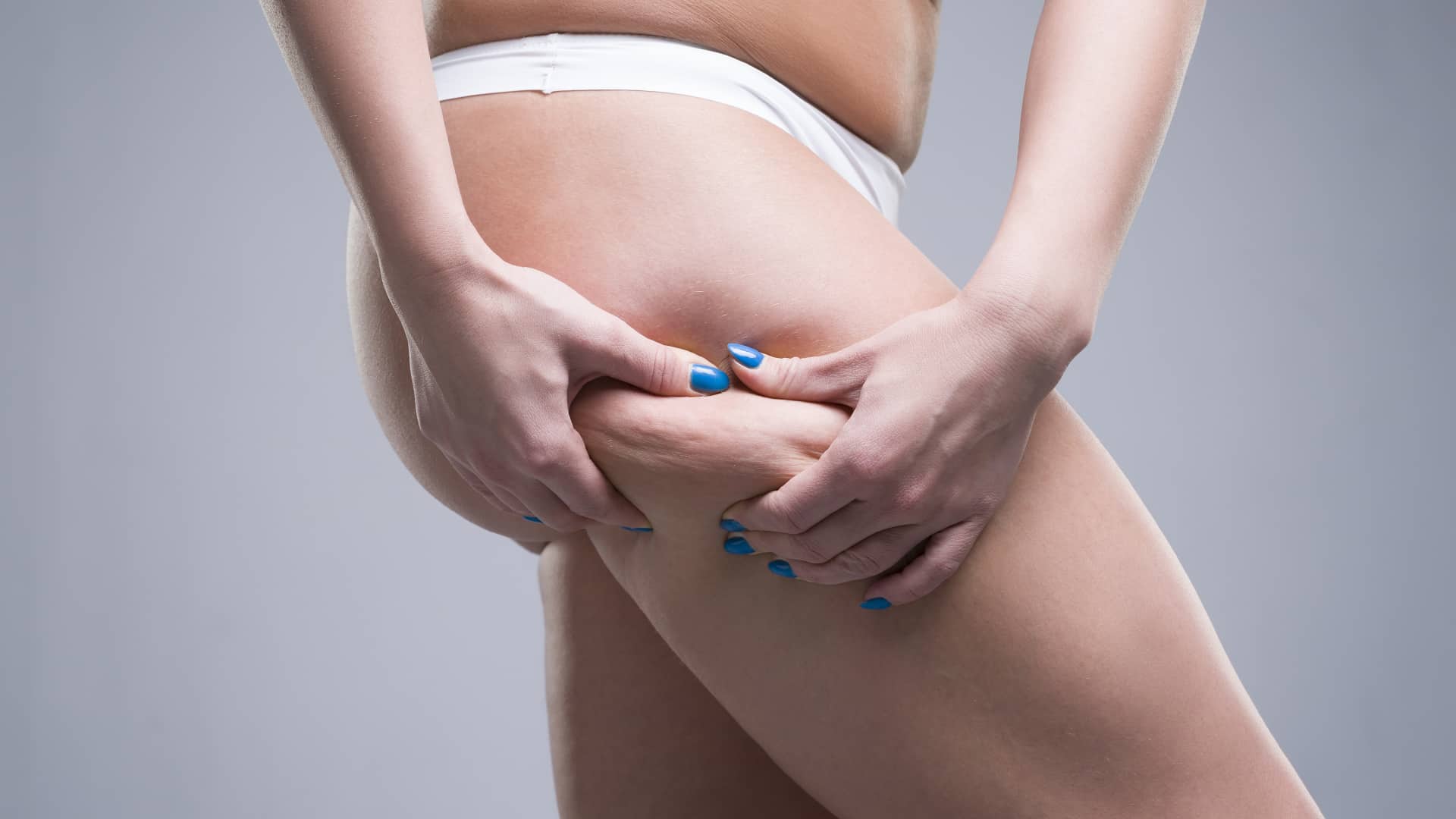
Knowing what to expect is key before you decide to undergo a breast implant procedure. Your medical history, allergies and medications will all be asked by a breast surgeon. He will ask you about your family history, including your mammogram results and your weight. He will also ask about pregnancy or weight loss and the reason behind the surgery.
A mammogram
Before a woman decides on a breast augmentation, she should have a mammogram. Mammography is a procedure that produces images in black and white of breast tissue. A radiologist then examines these images. A mammogram can help detect breast cancer.
Getting a mammogram with breast implants can be a bit uncomfortable, since the technologist is pushing the implant up against the natural breast tissue. Patients report minimal discomfort. People with scar tissue can experience more discomfort. The technologist will work with the patient to minimize discomfort.

Breast implants-bearing women are eligible to participate in the BC Breast Screening Program. They can schedule a mammogram for free, provided that they are 40 years old or older. They must also wait at most one year after giving birth before another screening mammogram can be performed.
Getting a silicone gel implant
Although silicone gel breast implants might seem simple, there are many risks involved. These risks could include muscle weakness, pain, fatigue, and connective tissues disease. These symptoms may be felt for many years by some women. It is important to take into account these risks when you're considering having surgery.
If you have silicone gel implants, you should undergo regular mammograms and ultrasounds. These tests will identify potential issues with your implants. If they show that they have ruptured, your surgeon will have to remove the implants. This will make it more difficult to breastfeed. It is also recommended that women who have implants undergo regular MRIs to monitor their implant health. The silicone gel should last for at least a few decades.
A silicone gel implant is a polymer that feels more like breast tissue. It is more viscous that saline but gives off a natural look. If you are older than 22 years, you may be eligible for a silicone gel implant in your breasts.

The procedure to have a saline implantation
Saline implants are less noticeable because they are filled with a solution that is absorbed by the body. Saline implants are also very easy to alter in size. Surgeons can simply insert a saline needle into the valve of the implant. They also allow doctors to make fewer incisions than silicone implants, which means that they can be changed as needed.
Saline breast implants are more susceptible to infection. Injecting saline directly into the breast can result in contamination of the breast tissue. This can lead to an infection. Additionally, large needles are required to traverse a lot of skin and blood vessels. This can cause discomfort and some bruising. Multiple injections can cause skin to stretch.
Saline breast implants can also burst. This happens when the silicone shell around the implant breaks, releasing the saline solution. The affected breasts will experience a change in their shape as a result of the leaking solution. The silicone shell should be removed and replaced.